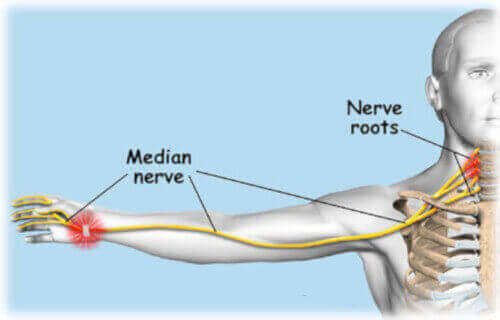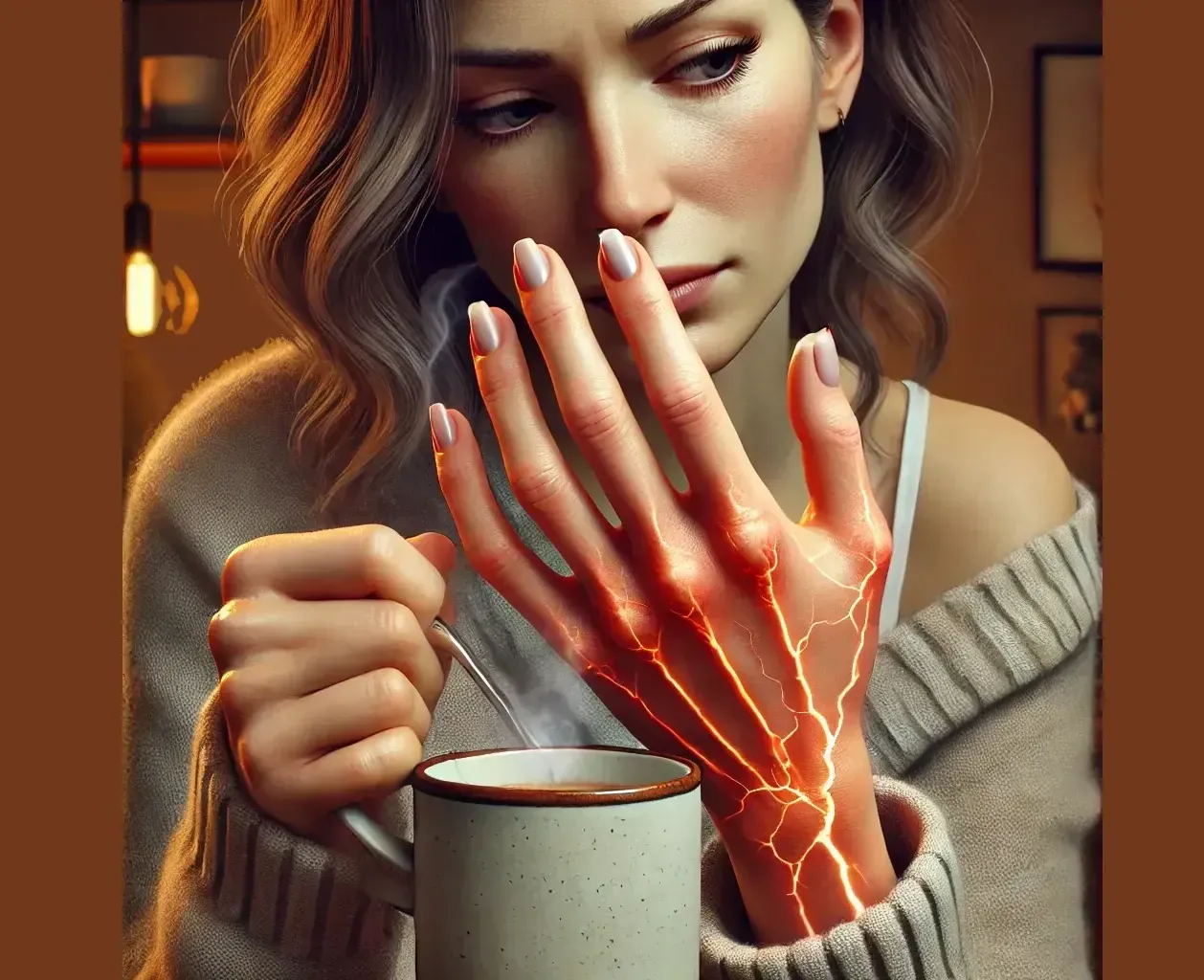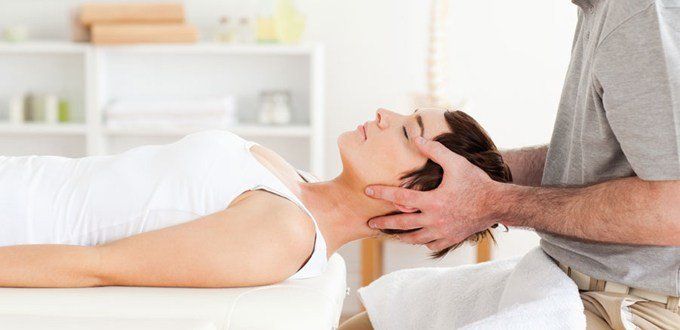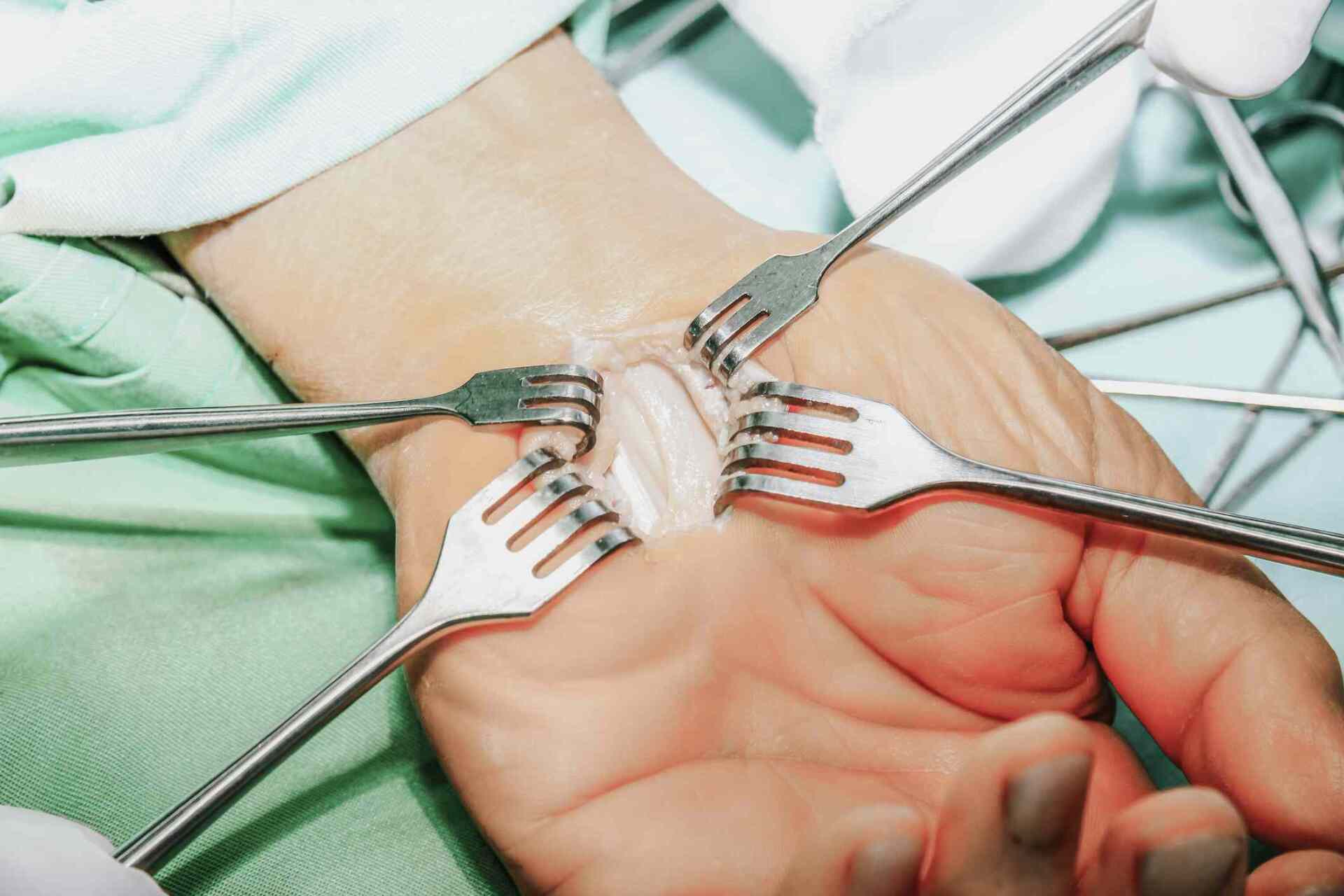Traction for Neck and Arm Pain
Table of Contents
- Understanding traction for neck and arm pain
- When is cervical traction used?
- What is cervical radiculopathy?
- Why use neck traction for neck and arm pain?
- How to perform neck traction for neck and arm pain
- What you'll need
- Procedure
- Your results
- Summary
- FAQs
- Abou
Understanding traction for neck and arm pain
Cervical traction is one of the most effective and time-tested methods for easing neck and arm pain. The concept is simple: by gently pulling on your head, traction helps create extra space between the bones in your neck—called the
cervical vertebrae. This stretching action reduces pressure on nerves and muscles, allowing them to relax and heal naturally.
Often referred to as
spinal traction,
this therapy can be performed by your healthcare provider in a clinical setting or safely practiced at home with the right equipment. Some people prefer
manual traction, using their hands or a partner’s gentle assistance, while others rely on a
cervical traction device that controls the stretch more precisely.
No matter which method is used, the goal of traction remains the same: to restore balance and alignment in the neck, relieve pressure on irritated nerves, and reduce pain that may radiate into the shoulders, arms, or hands. When done properly, cervical traction can bring noticeable relief from stiffness, pinched nerves, tension headaches, and other neck-related problems—all while helping you regain comfort and mobility.
When is cervical traction used?
Cervical traction is used to relieve pain - particularly pain in the neck, shoulder, and arm. That's because sometimes your arm or hand pain may not originate in your arm at all. Instead, it can emanate from your cervical area.
Cervical (neck)
radiculopathy is the most common cause of such pain (see below for more detail). It can also cause other symptoms like numbness and tingling in the arm, hand, and fingers. But these symptoms can also be attributed to a few other disorders, particularly
carpal tunnel syndrome and
thoracic outlet syndrome. There are reliable ways to determine the cause of the pain.
What is cervical radiculopathy?
Cervical radiculopathy is also called a "pinched nerve" in the neck. The most common cause of cervical radiculopathy is a narrowing of the passageway where
nerves exit the spine. This can happen due to abnormal bone accumulation, bone spurs, or a herniated disc among other causes.
Neck, shoulder, and arm pain due to cervical radiculopathy can also result from an unknown pathology. It can also result from specific behavioral factors. For example, those who stand for hours at a time or
slouch at a computer are the most likely to suffer.
In the general population, cervical radiculopathy most often comes about due to poor sitting or standing posture. In fact, any worker who maintains a constantly forward-tilted head (like on an assembly line) can suffer with cervical radiculopathy. Simple
preventative measures can avoid this condition (including carpal tunnel syndrome).
Why use neck traction for neck and arm pain?
Poor posture—whether from sitting hunched at a desk or standing with your shoulders rounded—can place constant
strain on the neck and shoulders. Over time, that stress can irritate the nerves in your neck, leading to pain that radiates down the arm. When your doctor rules out conditions like carpal tunnel syndrome or thoracic outlet syndrome, the likely cause is cervical radiculopathy, a pinched nerve in the neck. That’s when
neck traction can make a real difference.
Neck traction gently stretches the
cervical vertebrae, reducing pressure on the affected nerve and allowing the surrounding muscles to relax. This simple mechanical action often brings noticeable relief—sometimes within minutes. It’s no surprise that many doctors and therapists use traction as one of the first steps in treatment for neck and arm pain.
It’s also common for these conditions to be confused, since the symptoms often appear far from the source of the problem. In
cervical radiculopathy, the nerve is pinched in the neck; in
carpal tunnel syndrome, it’s compressed in the wrist; and in
thoracic outlet syndrome, it’s trapped near the collarbone and chest. Understanding where the pressure begins is the key to finding true relief—and traction can play a vital role in that recovery.
How to perform neck traction for neck and arm pain
You will need a helper in order to properly perform at-home traction for neck and arm pain. Don’t allow your helper to EVER force your neck in any direction or produce fast motions or jerks in your neck.
Also, you will need a quiet room that has a
smooth floor. A kitchen floor is usually best.
What you’ll need
- A willing partner
- A smooth surface like a kitchen floor
- One large towel or blanket to lie on
- Two lightweight towels, each approximately 2 feet long
- A heavy cord or rope, approximately 4 feet long to anchor your feet
Procedure
- Find a place on the floor where you can anchor the rope to your feet. This is your
anchor point. Usually, you can use the post between two kitchen cabinet doors or drawers.
- Lay the blanket down in this area. You will lie on it. It should let you slide on the smooth floor.
- Loop one towel around your ankles and tie the rope to that towel. The towel will cushion your feet and ankles. Then tie the rope to the anchor point.
- Tie the other towel around your neck, loosely, like a scarf.
- Lie back on the blanket, facing up. Make sure your feet pull tight on the anchor point.
- With your partner NOT on the blanket, have them grasp the left and right side of the neck towel and pull slowly and gently backward. You must relax and be completely limp while they maintain a steady pulling force. Do not bend your head forward or backward. Your partner should be able to pull you away from the anchor point. You and the blanket will slide a little on the floor
- Use only enough pulling force as is comfortable.
Note: doing neck traction like this should never hurt. Stop if it does.
- Keep the pulling force steady for 3-4 minutes. Relax for one minute and repeat 4-5 times.
- Most people with cervical radiculopathy see symptoms resolve almost instantly. Whether they do or not, you should still perform this traction for neck and arm pain twice daily for about 5 days for best results.
Your results
If you were successful in using traction for neck and arm pain relief then the cause was probably due to cervical radiculopathy. And most likely, the cervical radiculopathy resulted from how you sit or stand and hold your head, neck, shoulders, and back. Since poor posture is a leading cause of neck and arm pain, you should
take measures to correct your posture in the workplace.
Finally, if your symptoms persist then you may have a more serious condition like carpal tunnel syndrome or thoracic outlet syndrome. But don’t worry because there are
highly successful ways to treat both of those disorders. In fact, the best treatments for both of them don’t even involve
surgery.
Summary
In some cases you can use traction for neck and arm pain (and numbness) to successfully relieve these symptoms. Such symptoms may result from cervical radiculopathy. And the most common reason for cervical radiculopathy is poor posture. Poor posture produces abnormal stresses in your neck and shoulders. Cervical radiculopathy symptoms are similar to those of carpal tunnel syndrome and thoracic outlet syndrome.
FAQs
Q: I hear a popping sound in my neck when I do traction. Is that normal?
A: A single, gentle pop during traction is usually normal—it simply means a joint in your neck has adjusted slightly as pressure was released. Many people experience this and even feel an immediate sense of relief afterward. However, if you hear repeated popping or feel any pain, dizziness, or tingling, stop the traction immediately and consult your doctor or physical therapist. Continued popping may indicate excessive movement or improper positioning that needs professional evaluation.
Q: Can I do neck traction by myself, without a helper?
A: It’s not recommended to perform manual neck traction alone. Proper technique and positioning are essential to avoid muscle strain or excessive pressure on the cervical spine. If you want to do traction at home, use a cervical traction device that allows for safe, controlled stretching—and always start under the guidance of a healthcare professional to ensure you’re using it correctly.
Q: Can my chiropractor perform neck traction?
A: Absolutely. Chiropractors are well-trained in performing cervical traction and often use it as part of a broader treatment plan to relieve nerve compression and muscle tension. They can safely adjust the angle, pressure, and duration of traction to suit your specific condition. If you’re experiencing neck or arm pain, your chiropractor can help determine whether traction is appropriate and combine it with other therapies for the best results.
About







